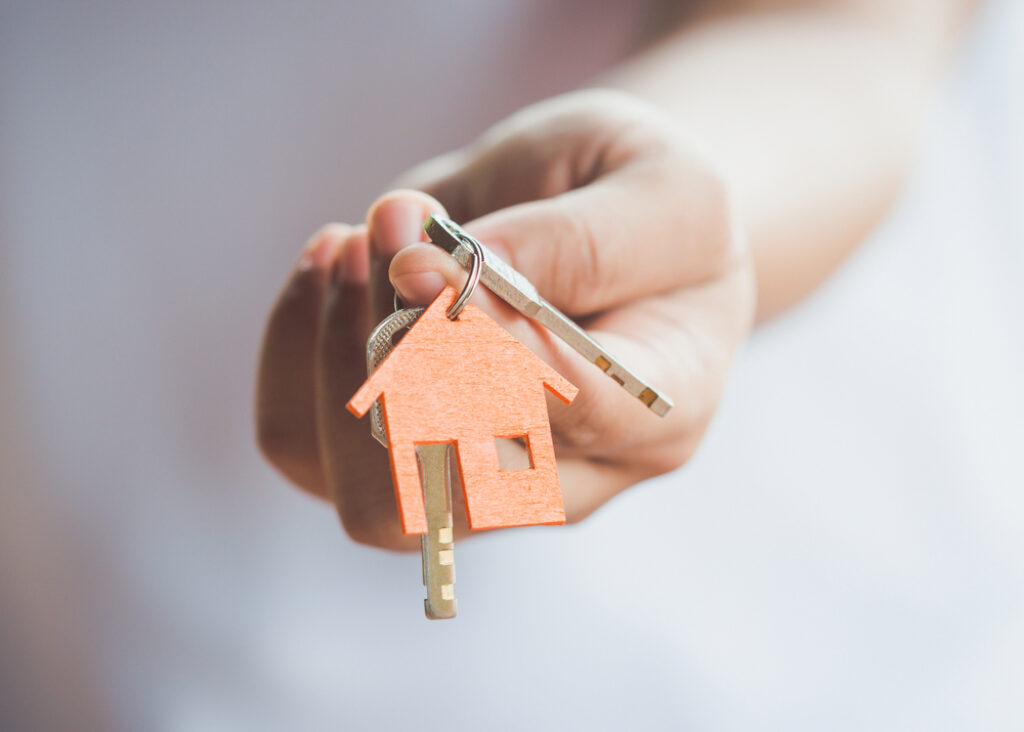
In the Government’s final update for the now closed scheme it revealed that 387,195 homes were bought using the scheme between its launch on 1 April 2013 and closure on 31 May this year, 82% of which went to first-time buyers.
The total value of properties bought was £109.2bn.
December 2020 was the most successful month for completions over the 10-year period as homebuyers scrambled to buy properties during the stamp duty holiday when the land tax was scrapped for homes with a price tag of less than £500,000.
Close to 80% of all properties bought using a Help to Buy home were houses. In London, however, buyers predominately purchased flats.
Help to Buy: The background
The Help to Buy Equity Loan schemed offered first-time buyers the chance to purchase a new-build property with a minimum 5% deposit. They could also use an equity loan of up to 20% of the purchase price – or 40% in London – where the loan is interest-free for the first five years.

Wellness and wellbeing holidays: Travel insurance is essential for your peace of mind
Out of the pandemic lockdowns, there’s a greater emphasis on wellbeing and wellness, with
Sponsored by Post Office
It closed to new applicants on 31 October 2022, and while all transactions were to be completed by 31 March 2023, housebuilders were able to apply for a two-month extension for homes that were almost complete, allowing 106 more households to benefit from the government-backed loan.
Under the original scheme’s rules, any borrower was eligible for a Help to Buy loan. In 2021, eligibility criteria changed and only first-time buyers could apply.
Borrowers could borrow up to 20% of the property purchase price in the form of an equity loan (405 in London) which was interest-free for the first years. The loan is repaid when the house is sold.
